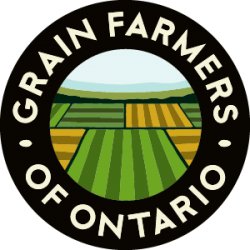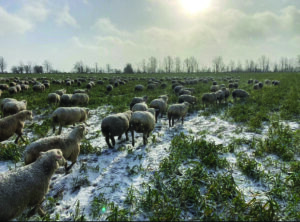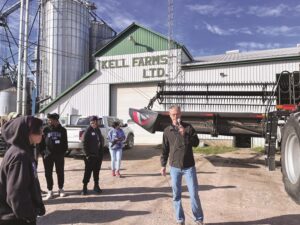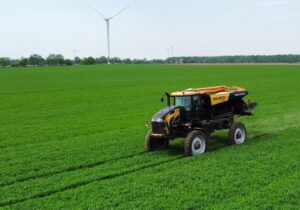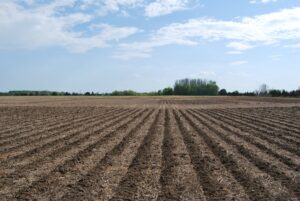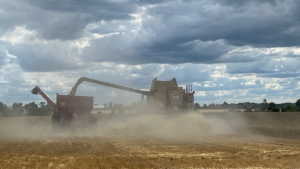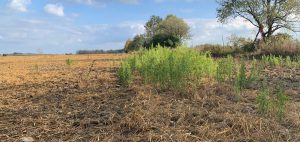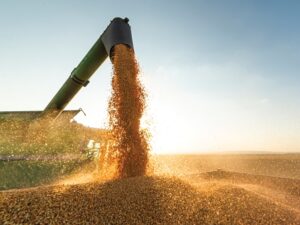The whisky circle
From farm to bottle and back again
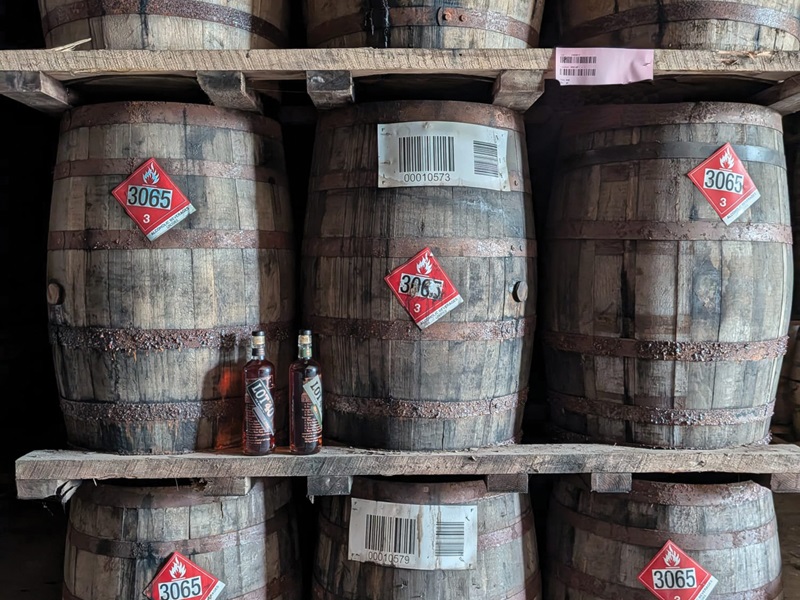
Don Livermore, master blender at Hiram Walker, has a favourite quote: “Canada was built on whisky,”—and he means it literally. Most people are unaware that taxes on distilled spirits in Canada date back to 1794, whereas income tax wasn’t instituted until 1917.
This means that distilleries were a key financial factor in the country’s development for over 150 years before Confederation. And while most people envision a faceless distiller in a dark distillery, many early Canadian distillers were immigrant farmers who carried on the traditions they learned in their European homeland to ensure no grain went to waste.
THE BEGINNINGS
Hailing from across Europe—England, Germany, the Netherlands, and beyond— many of these immigrants grew up in tight- knit farming communities. They learned how to run a farm, produce high-quality grains, and, most importantly, never waste good product. And as some of these farmers developed a surplus of grain, they knew exactly what to do with their excess product. Rather than risk their quality grains spoiling, a great way to preserve them was to distill them into liquid gold, or Canadian whisky.
For farmers, it was, and still is, a win-win. They developed a circular economy with a symbiotic relationship. Any product left over from the distilling process was considered a highly nutritious byproduct and was sold back to farmers as livestock feed.
Not only were these farmers innovative and adaptive, but they were also resourceful. After producing whisky from corn and wheat and receiving feedback that it could use more flavour, they returned to their roots and used a grain that many had grown to love on the other side of the ocean—rye. Known for its spicy, peppery notes, rye was the perfect addition to transform the once-boring spirit into a flavourful and bold whisky. Although tasty, rye proved tricky to distill, and farmers once again got creative by using the art of the blend. Since rye was so powerful in flavour, they were able to capture the taste and aromas of rye without it being the majority grain in their whisky.
This led Canadian farmers to develop a distinct method of producing whisky. While most other distilleries around the world thrive on creating a mix of grains in advance of fermentation, which produces a preconceived product at the end, Canada has started to use a very different technique. By fermenting the grains individually and then blending them, Canadian distillers use each grain to craft a variety of complex and flavourful whiskies. It’s almost like offering a painter a palette of infinite vibrant colours with which to paint, ultimately allowing the blenders to showcase one grain and using others to heighten the flavour profile.
As some farmers grew their production, they established independent distilleries. These early producers took their time crafting highly sought-after spirits, allowing them to age in barrels for several years before releasing them to the public. In fact, due to the renowned reputation of Canadian whisky as smooth, Canada was the first country in the world to establish minimum aging requirements. This action not only protected the reputation of Canadian whisky but also inspired other countries around the world to do the same, making Canadian farmers an integral part in shaping the Canadian whisky industry, as well as the global whisky industry.
WHISKY TODAY
The action by these farmers helped to create Canada’s whisky identity today. Unlike many other countries, Canadian whisky is highly associated with a single grain: rye. Not only that, local craft distillers today have started to embrace the grain even more by using specialty and heritage grains, a valuable market for distillers and farmers alike. This approach not only showcases the connection between the farm and the final product but also allows for greater traceability and authenticity. And by mastering the art of blending, they created a trend that the rest of the world is only now beginning to adopt, and what they call innovative, Canadians call historical.
Today, much of the Canadian whisky industry resembles its origins. The quality and consistency of grain remain an integral part of producing smooth, flavourful Canadian whisky, and farmers continue to lay the groundwork for the world-renowned products. In fact, distilleries across Canada purchase approximately 320,000 metric tons of corn each year, making them the fourth-largest purchasers of Ontario corn. This demonstrates not only the importance of farmers to the distilling industry but also to the broader economy.
Today, the Hiram Walker distillery in Windsor, Ontario, is one of the largest in North America. As a company, Hiram Walker & Sons Ltd. expanded by acquiring other major distillers like Gooderham & Worts and J.P. Wiser. The facility is now one of the largest purchasers of corn in Ontario and has the capacity to produce over 55 million litres of alcohol. This contributes significantly to the overall value of Canadian spirits, at $3.1 billion in 2023/2024, according to Statistics Canada.
ONTARIO’S GRAIN FARMERS
Hiram Walker’s relationship with the grain remains close; every incoming truck is meticulously inspected, with samples taken to ensure the moisture content is acceptable. The strength is evident when you meet local grain farmers like Grace Pearson, a 4th-generation Ontario farmer. Her face beams with pride as she stands in her fields with her dog, Maggie, and talks about the commitment she and her husband have to running the family farm. She knows that her product goes to Hiram Walker, and to make their world-famous whisky, they need to start with the highest quality grain. This provides a consistent profile to ensure that, regardless of where someone is enjoying their product around the world, it tastes the same as it did the last time they drank it. And she knows that magic in a glass starts in her field. The association between farmers and distillers may not always be obvious, but it is strong. Whether represented by the word “rye” on a bottle showcasing Canada’s early innovators or highlighting creative blends that craft the best of the best, Canadian grain farmers have always been and continue to be the foundation of the distilling industry. They have helped establish expertise, innovate, and position Canadians as leaders on a global platform. The high-quality grain they produce shines through in every drop of Canadian whisky—and you can truly taste the difference.
Andrea Fujarczuk is a professor in the School of Wine, Beer, and Spirits at Niagara College and coordinates its Artisan Distilling program. She recently participated in a tour of farms and distilleries in southwestern Ontario, sponsored by Grain Farmers of Ontario. •

